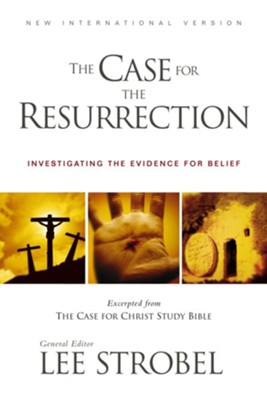

1 Its cumulative effect can be every bit as strong-–and in many instances even more potent-–than eyewitness accounts.Īsk Timothy McVeigh.

In contrast, circumstantial evidence is made up of indirect facts from which inferences can be rationally drawn. While this is often compelling, it can sometimes be subject to faded memories, prejudices, and even outright fabrication.

Over eighteen days they skillfully wove a convincing web of evidence from which McVeigh was woefully unable to extricate himself.Įyewitness testimony is called direct evidence because people describe under oath how they personally saw the defendant commit the crime. Prosecutors buttressed this with more than seven hundred exhibits, ranging from motel and taxi receipts to telephone records to a truck key to a bill from a Chinese restaurant. While none of the 137 people called to the witness stand had seen McVeigh commit the crime, their testimony did provide indirect evidence of his guilt: a businessman said McVeigh rented a Ryder truck, a friend said McVeigh talked about bombing the building out of anger against the government, and a scientist said McVeigh’s clothes contained a residue of explosives when he was arrested. Why? Because fact by fact, exhibit by exhibit, witness by witness, prosecutors used circumstantial evidence to build an airtight case against him.

Yet a jury was able to conclude beyond a reasonable doubt that McVeigh was guilty of the worst act of domestic terrorism in U.S. No video camera captured an image of him fleeing the scene. Nobody saw him drive the vehicle to the front of the federal building in Oklahoma City and detonate the bomb, killing 168 people. No witnesses watched Timothy McVeigh load two tons of fertilizer-based explosives into a Ryder rental truck. The passages below are taken from Lee Strobel’s book, “ The case for Christ,” which was published in 1998. He is currently a teaching pastor at Saddleback Valley Community Church in Lake Forrest, California. He turned to John 1:12 (NIV), “Yet to all who received Him, to those who believed in His name, He gave the right to become children of God.” And his mathematical formula for entering into an ongoing personal relationship with Jesus Christ by becoming adopted into God’s family is: He then decided to take the experiential step to accept Jesus Christ as his Savior. He said that he “had been living a profane, drunken, self-absorbed and immoral lifestyle” until “his heart had shrunk to the point where it was rock hard toward anyone else.” After a personal investigation that spanned more than 600 days and interviewing of numerous experts, his verdict in the case for Jesus was overwhelming and clear. Lee Strobel was the former legal editor of The Chicago Tribune and he used his journalistic skill to investigate the evidence for Jesus. What are the Circumstantial Evidence FOR the Resurrection by Lee Strobel ?


 0 kommentar(er)
0 kommentar(er)
